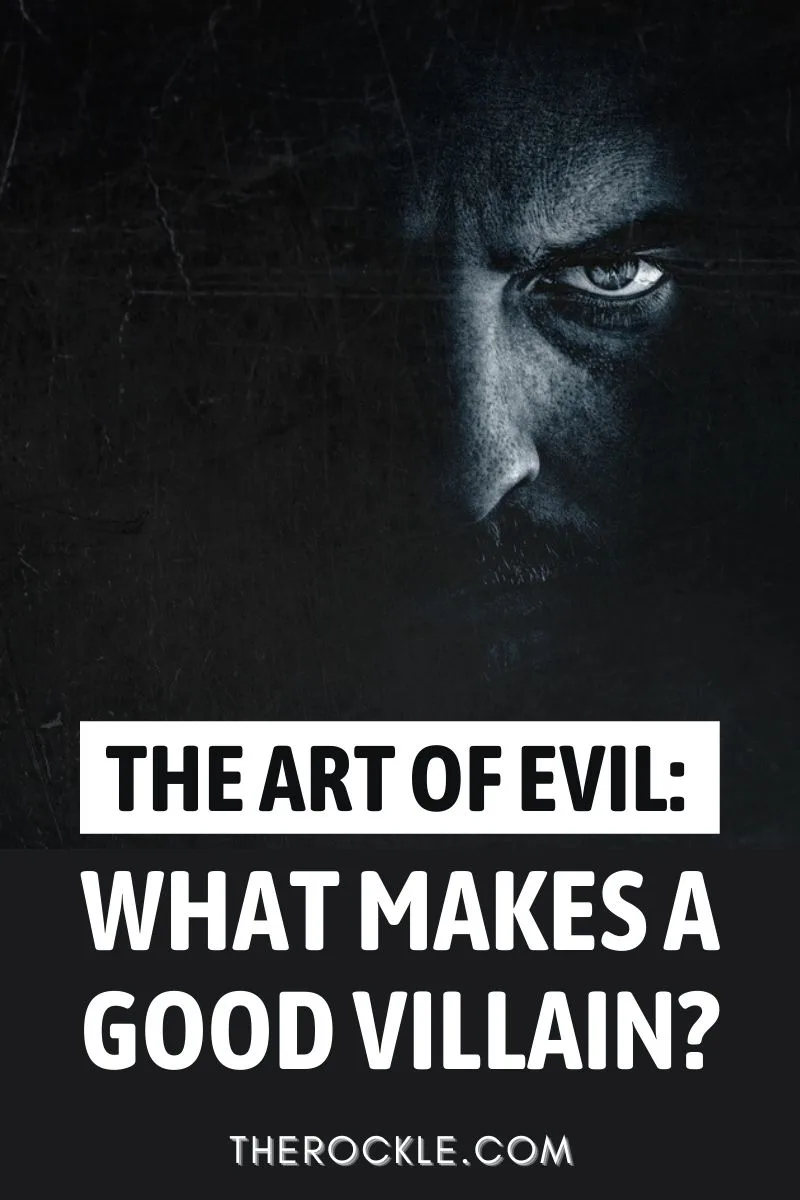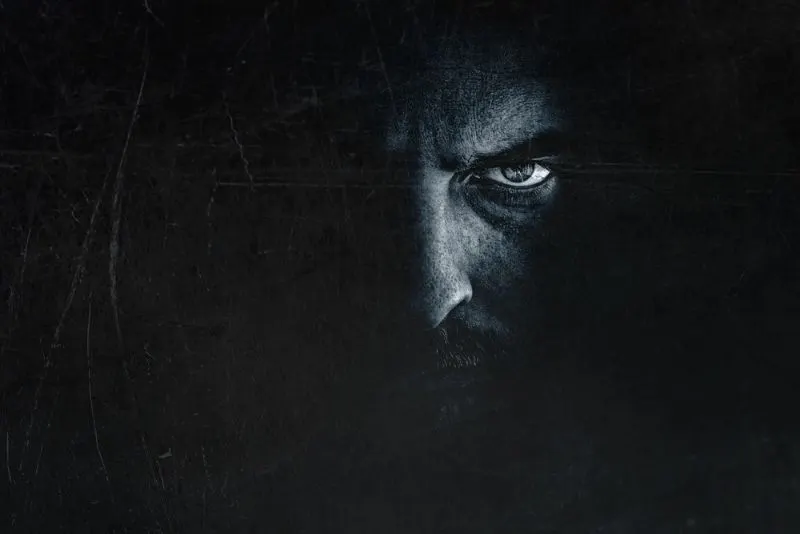Every good story needs a hero. Every hero needs a good villain because, without them, the hero can’t shine. So, what makes a good villain?
Let’s talk bad guys!
The story’s villain, or so-called antagonist, is the character who keeps it interesting. But, in reality, the word “antagonist” comes from Greek and means “the one who initiates change.”
In other words, villains set the story in motion. You could say that villains act and heroes react.
With that in mind, how can we distinguish between a “good” evil character and a “bad” evil character? On the villain scale, some traits outweigh others.
6 CHARACTERISTICS OF A GOOD VILLAIN
The villain needs to be special
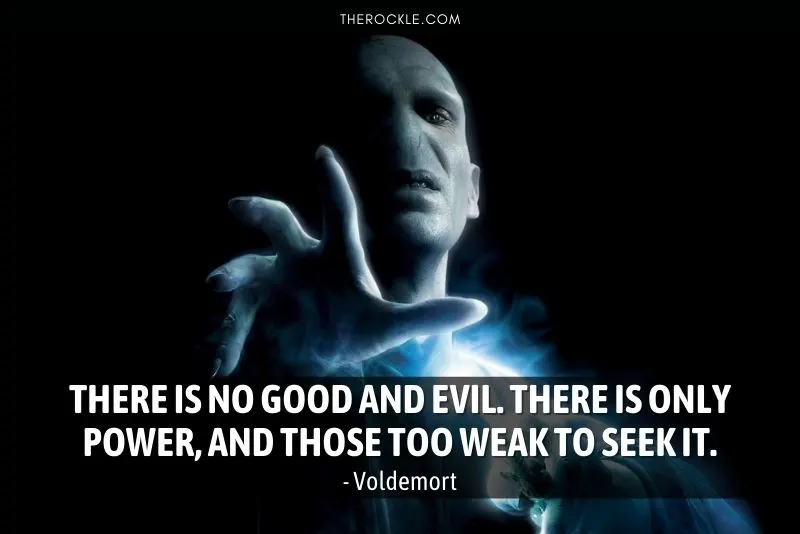
The villain must be distinct in order to complement the protagonist.
Villains must be exciting and appealing. They must stand out, whether on a physical or emotional level. After all, we need to get the story moving, which is difficult with a boring character.
Voldemort, the famous Harry Potter antagonist, is an excellent example of a notable villain! When it came to writing this one, J. K. Rowling certainly didn’t lack imagination.
This Potterverse villain is deserving of the adjective “exceptional.” He is slit-nosed, cold-blooded, and so terrifying that no one dares to say his name! Try to outdo that.
The villain has to have a credible motivation
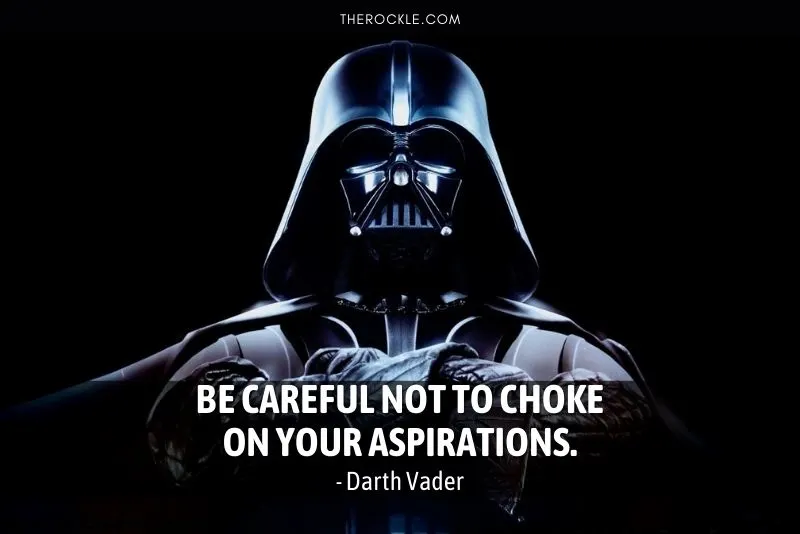
Walt Disney Studios
The villain must have a reason for his actions to be compelling in the story.
We can’t just make a creepy-sounding antagonist and say he’s evil because he’s a Scorpio, and Mars was two degrees too close to the Sun when he was born. We need something, an origin story, and a plausible explanation for his “evilness.”
Take the story of Darth Vader, the symbol of evil in pop culture, as an example.
Darth Vader wasn’t always the galaxy’s big bad. Anakin Skywalker, once a slave child and a heroic Jedi knight, turned to the dark side of the Force to save his wife, Padme.
After Padme died, he was filled with rage and hatred, which drove him to the dark side and, you guessed it, made him a good villain.
A good villain has a nihilistic view of life
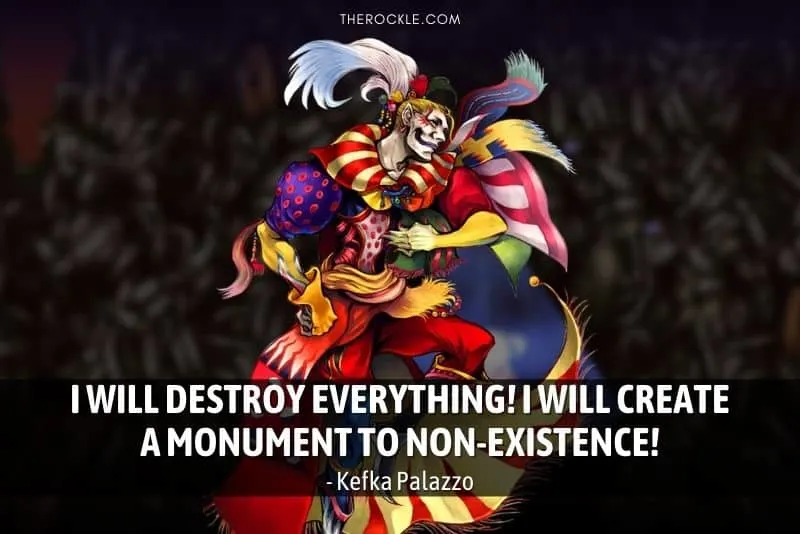
Square
Nihilism rejects all religious and moral principles, often in the belief that life is meaningless.
At first glance, a nihilist villain may appear cliched or tedious, but they can be pretty exciting and engaging to the story. We wouldn’t be far off the mark if we equated this type of villainous character with sociopathic behavior.
A good example is the main antagonist of Final Fantasy VI, Kefka Palazzo, also known as Lord Kefka and Master Kefka. Kefka schemes to become the God of Magic, annihilating all life and meaning in the universe.
He’s a true nihilist, and here’s a quote of his to back it up: “Why create, when it will only be destroyed? Why cling to life, knowing that you have to die?”
A great villain is relatable
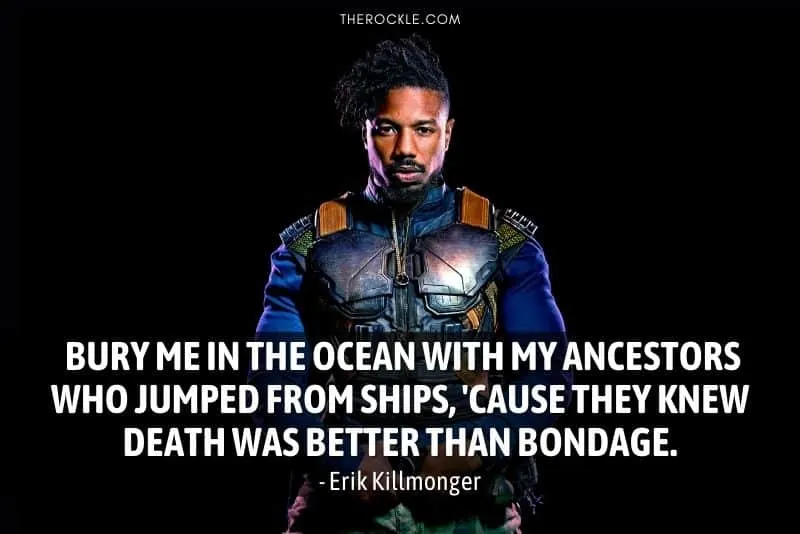
Walt Disney Studios
We want our protagonists to be relatable, don’t we? Why shouldn’t an antagonist be if that’s the case?
After all, as readers or viewers, we want to be involved in the story, which a relatable character provides.
Villains are made of all kinds of flaws, secret desires, prejudices, loss, passion, greed, and pain, just like the rest of us. That’s why a villain could be anyone who has been pushed beyond their limits.
Let’s take Erik Killmonger, a character from the 2018 Black Panther film, as an example. Killmonger’s plan to take over Wakanda appears to be a typical villain modus operandi at first glance.
However, his actions and resentment of Wakandan ideology stem from his status as a royal heir who was orphaned and abandoned as a child. He sees himself as a representative of all the oppressed Africans whom Wakanda could help but chooses to ignore due to its isolationist policies.
His actions go far beyond a simple revenge plot, and we can empathize with him and understand his justifiable rage; they make him seem like a real character.
Consider a villain to be nothing more than a stumbling block for a hero. In that case, we miss out on what a great villain can be: a beautifully nuanced character with as much, if not more, depth than their heroic counterparts.
The antagonist has to win sometimes
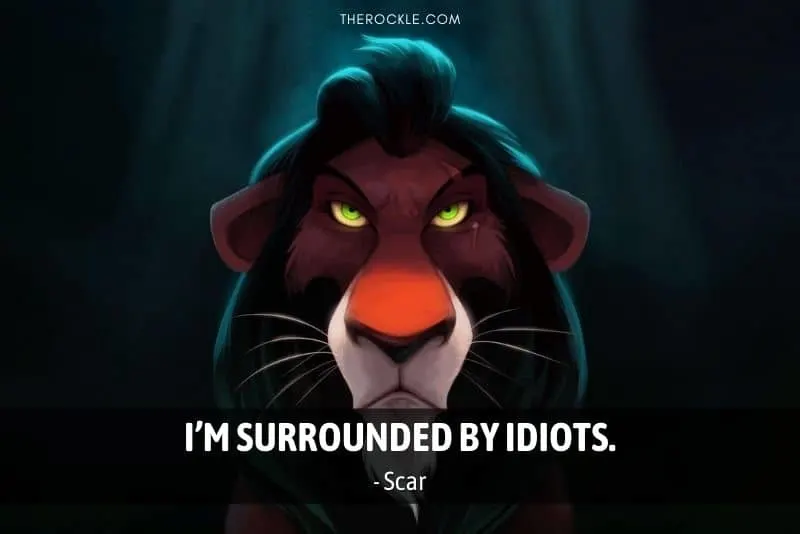
Walt Disney Studios
I’m not implying that baddies must eat the last slice of pizza. Allow them to try a few pepperoni pieces on the side to get a sense of how it tastes. (Wait, what is the topic again? Oh, right. Back to dinner. I mean, writing. Back to writing.)
A villain exists for a reason, and while they are unlikely to win the war, they should be able to win a few battles. When the antagonist gets his way, viewers/readers will be upset or sad, but the emotional impact is half the magic, after all.
Scar is the evildoer from the 1994 Disney classic animated film The Lion King, whom we all despised as children.
Despite killing his brother Mufasa and forcing his nephew Simba (the rightful successor, by the way) to flee and making us all cry, he failed to achieve his goal of ruling the kingdom.
Again, the victories do not have to be grandiose like Scar’s, but rather small victories that keep the audience engaged in the story.
A good villain is fun
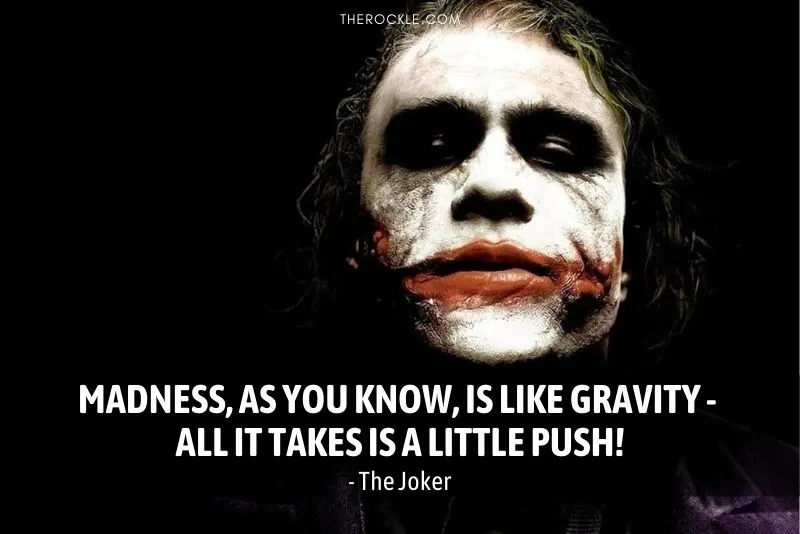
You knew I’d bring up Joker at some point, didn’t you? Whether he is a psychopath with a sadistic sense of humor, a criminal mastermind who kills people with the Joker Venom, or just completely insane, Joker is THE villain.
RELATED:
- ‘The Man Who Laughs’: 1928 Silent Film That Inspired the Joker
- Joker Movie: 20 Facts You Need To Know
The 2008 film adaptation, The Dark Knight, was a huge success, thanks in large part to Batman’s archnemesis and sense of humor.
There were a lot of memorable and funny moments in the film, but I’ll highlight the: “…Oh and by the way, the suit wasn’t cheap. You ought to know, you bought it.” And he says this right after casually slamming a man’s head on a pencil, killing him—just your typical weekend shenanigans.
In any case, the point is that a likable character does not have to be a do-gooder. Even though the Joker isn’t a role model, millions of people have plastered the infamous “Why so serious?” quote all over the place. And why is that? Because it’s fun! Also, it’s catchy.
You just want to nod your head in approval and say, “Please, do continue,” even if the Joker’s methods are a little too murderous.
Like our analysis of what makes a good villain? Share or pin for later! You can also stay in the loop and follow us on Facebook and Pinterest.
